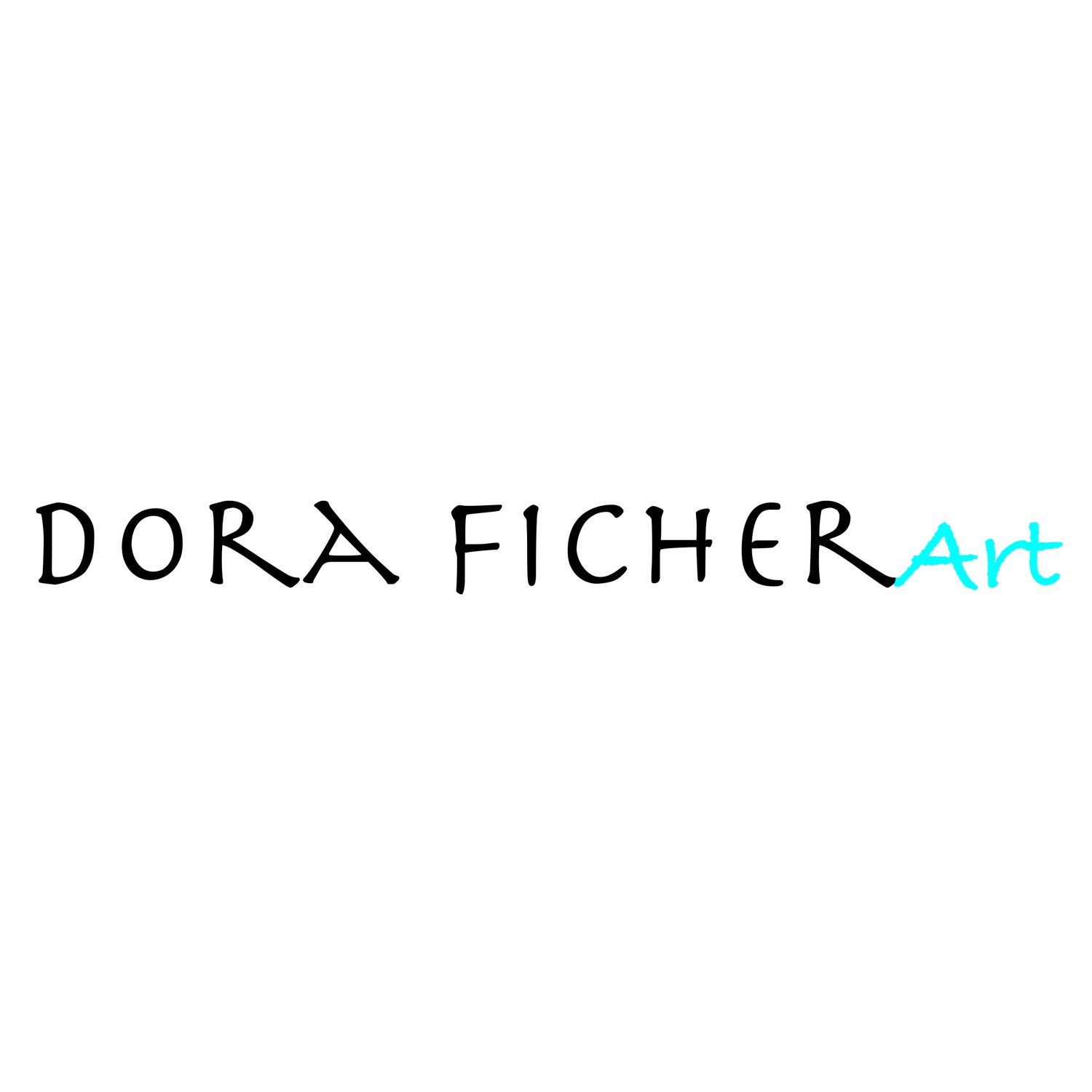Helen Frankenthaler
“A line, color, shapes, spaces, all do one thing for and within themselves, and yet do something else, in relation to everything that is going on within the four sides [of the canvas]. A line is a line, but [also] is a color. . . . It does this here, but that there. The canvas surface is flat and yet the space extends for miles. What a lie, what trickery—how beautiful is the very idea of painting.”
My four-week Art Class series went by so quickly I think I learned as much as all of the students and we loved creating art together. I can’t think of a better way to spend a winter night, during a pandemic no less!
For our last week together, we learned about Helen Frankenthaler (1928–2011). Frankenthaler’s career spanned six decades and has long been recognized as one of the great American artists of the twentieth century. A member of the second generation of postwar American abstract painters, she is widely credited with playing a pivotal role in the transition from Abstract Expressionism to Color Field painting. Through her invention of the soak-stain technique, she expanded the possibilities of abstraction, while at times referencing figuration and landscape in highly personal ways. She produced a body of work whose impact on contemporary art has been profound and continues to grow.
Frankenthaler was born on December 12, 1928, and raised in New York. She attended the Dalton School, where she received her earliest art instruction from Rufino Tamayo. In 1949 she graduated from Bennington College where she was a student of Paul Feeley, following which she studied briefly with Hans Hofmann.
Mountains and Sea - 1952
In 1952 Frankenthaler created Mountains and Sea, her breakthrough soak-stain painting. She poured thinned paint directly onto raw, unprimed canvas laid on the studio floor, working from all sides to create floating fields of translucent color. Mountains and Sea was immediately influential for the artists who formed the Color Field school of painting, notable among them Morris Louis and Kenneth Noland.
Tales of Genji II. - 1998
Throughout her career, Frankenthaler wanted to challenge her artistic process beyond just painting. She experimented with lithography in the 1960s and turned to woodcuts in the mid-1970s. She was influenced by the Japanese woodblock prints of ukiyo-e artist Utagawa Hiroshige, whose work she herself owned. In her woodcuts, she sought to reveal the grain of the wood, employ a rich use of layered colors and reinterpret the traditional medium in the perspective of abstraction as in her series Tales of Genji, inspired by the antique Japanese scroll, and Madame Butterfly, her take on the Japanese screen.
Royal Fireworks - 1975
Her work continues to inspire and fascinate and frequently achieves large sums at auction. In June 2020 her auction record was set with Royal Fireworks (1975) when it sold at Sotheby's for $7.9 million (more than doubling the high estimate).
To learn more about Frankenthaler’s work, check out these links to my information resources and videos.
https://www.nytimes.com/2011/12/28/arts/helen-frankenthaler-abstract-painter-dies-at-83.html
Desire Is the Theme of All Life: Helen Frankenthaler in 1950s New York with Alexander Nemerov
Watch this space for a virtual gallery of student work from these past wonderful four weeks. Students have learned tons about our four featured artists and dug into their varied techniques during class. I can’t wait to share their work! I hope you have enjoyed reading and learning along side us.
Interested in signing up for my Art Classes? The next session will start on February 17th and run for 4 weeks through March 10th.






